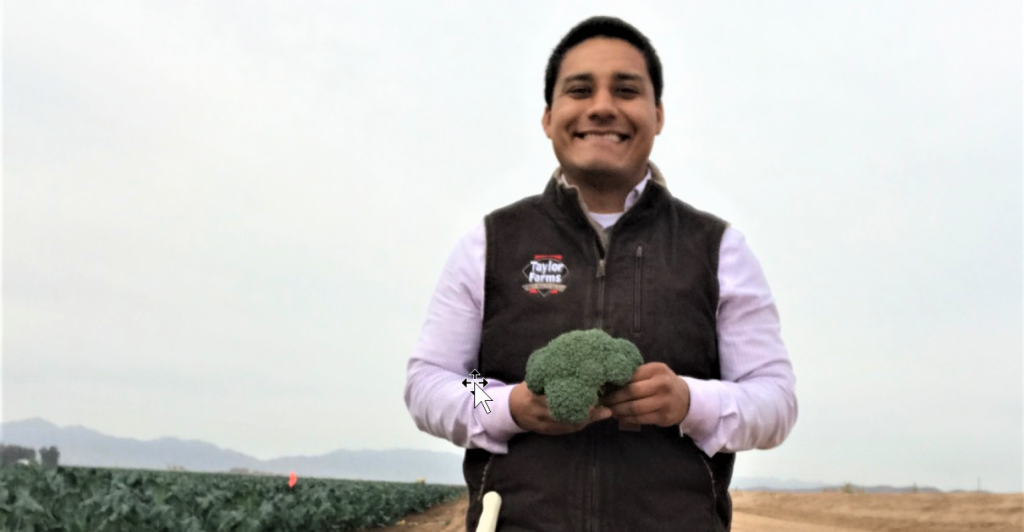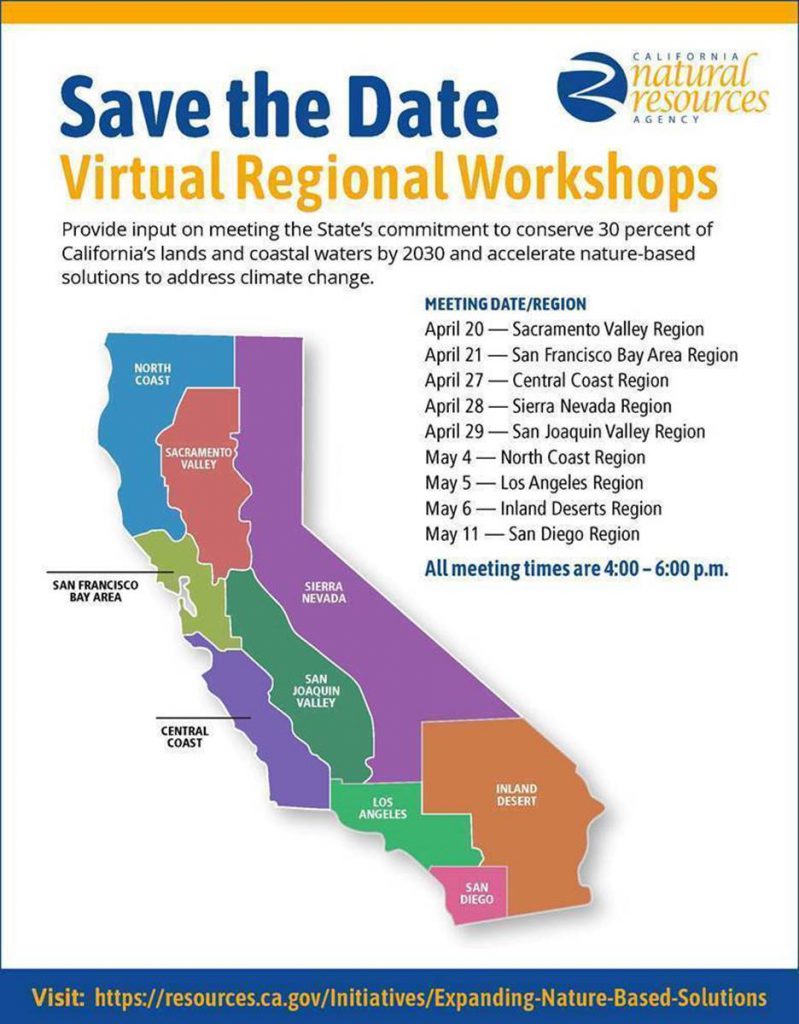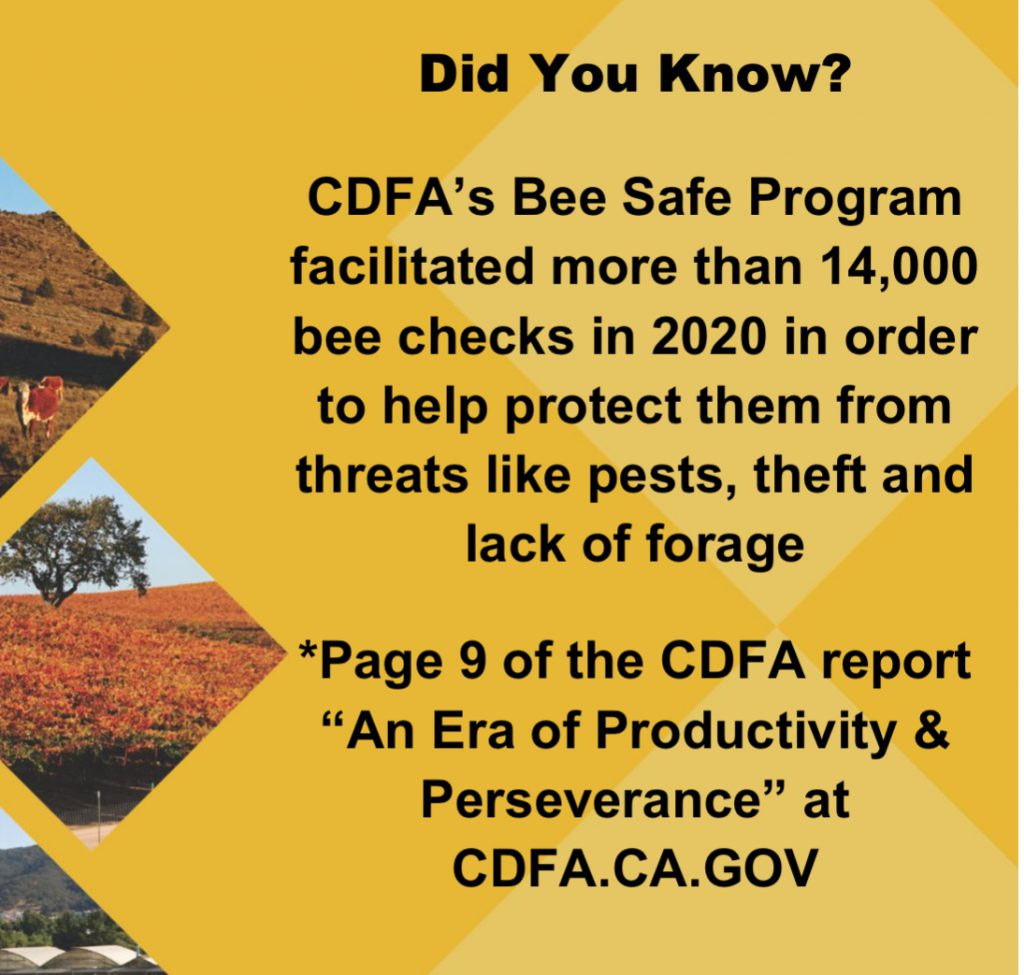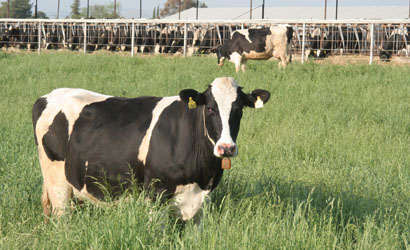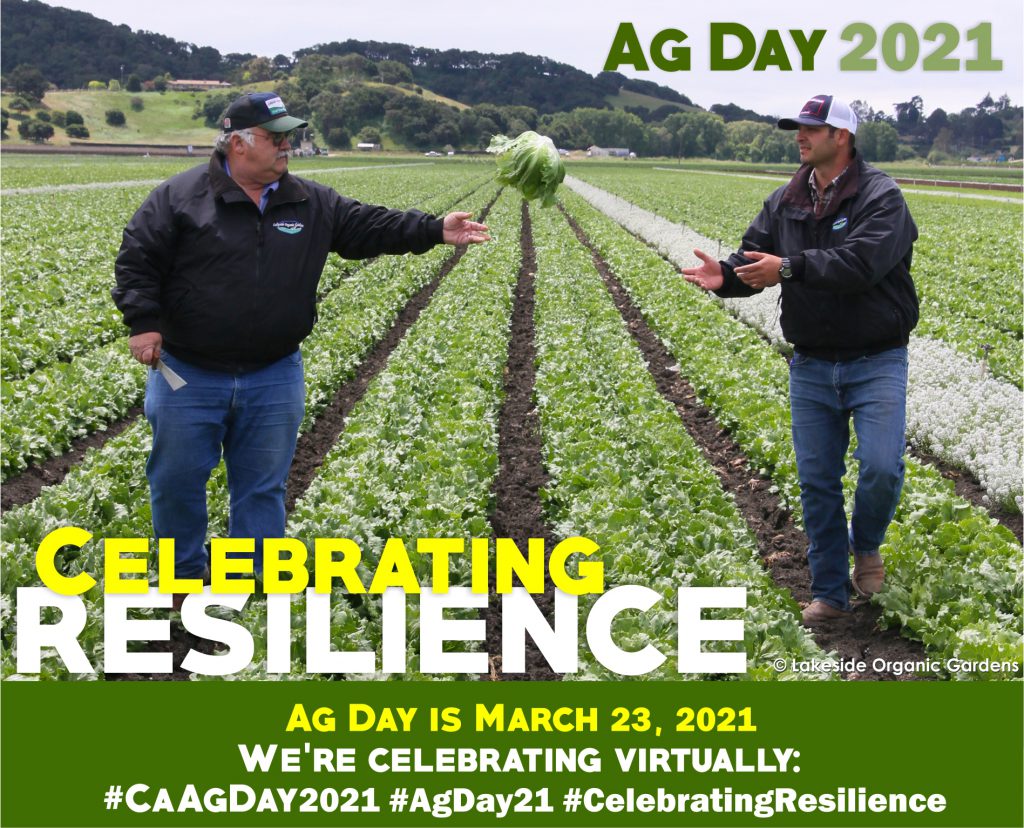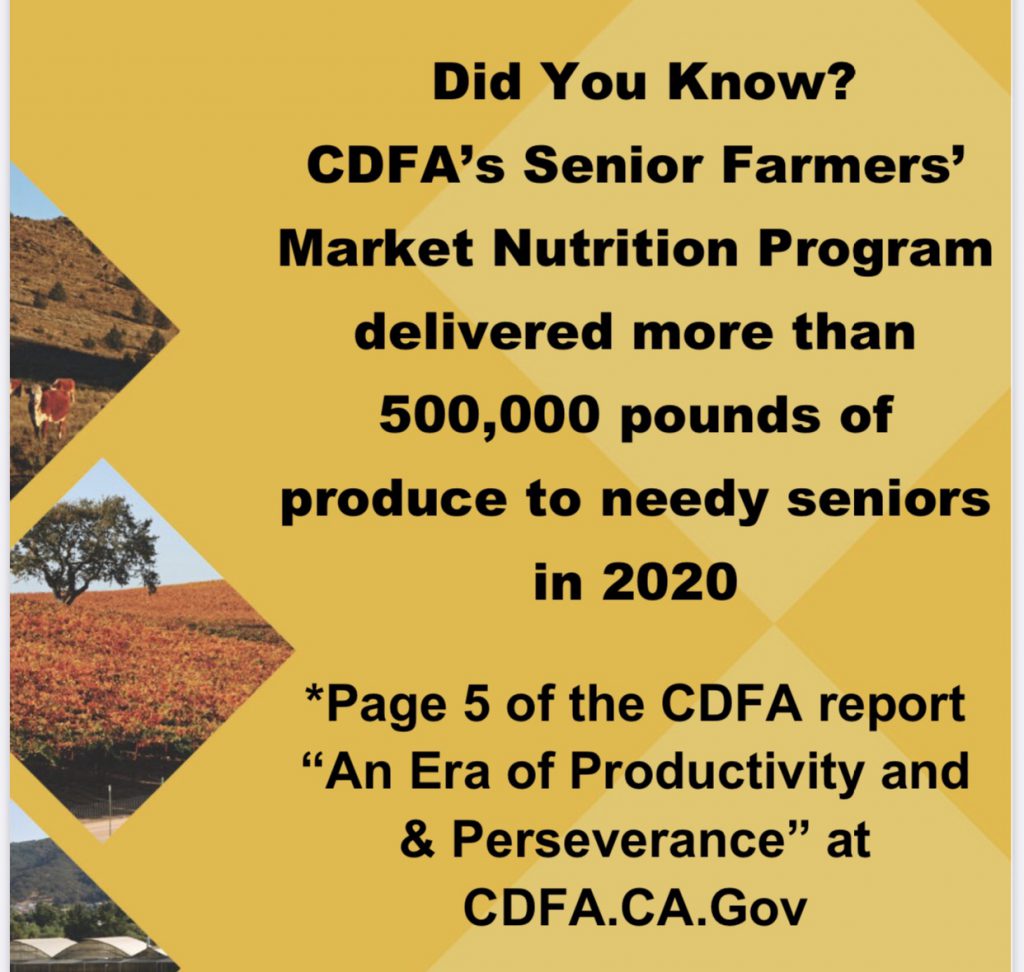By Lori Pottinger
The San Joaquin Valley has begun to grapple with implementing the Sustainable Groundwater Management Act (SGMA). Figuring out the math of balancing water supply and demand in ways that cause the least economic harm to farmers and local economies is challenging, and difficult tradeoffs are inevitable. We talked with Emmy Cattani, a fifth-generation farmer from Kern County, about some options.
PPIC: Talk about ways that agriculture can reduce land fallowing in implementing SGMA.
EMMY CATTANI: More supply is critical. The biggest opportunity is to figure out how to capture water in big flood events, which are expected to become more common with climate change. More extreme storms can bring a deluge of water in a short time, and currently we don’t have the infrastructure to capture and store it for later use. Solving this will be expensive. Partnerships between farmers and cities is a good solution for sharing the costs of the infrastructure needed to move floodwaters into groundwater storage.
Related to that, we need to explore opportunities to increase groundwater banking (recharge projects that track how much water is stored underground by different parties). Expanding groundwater banking will enable us to use surface water storage more strategically, especially in light of climate change bringing more intense rain storms and less snow. Partnering with urban water agencies can increase the supply of banked water for the agricultural sector. There are many examples of this in Kern County, where urban partners lease storage capacity in agricultural water basins, paying for that storage capacity by leaving water in the basin.
PPIC: What are the best ways to increase flexibility in water management to help agriculture adapt to SGMA?
EC: The bottom line is we must find ways to incentivize farmers with the lowest cost of fallowing and facilitate the transfer of their water to places that can use it most productively. That involves a bit of a shift in mindset for most water districts. Many districts control surface water rights and focus mostly on maximizing supply inside their district. We need them to broaden their thinking so that the goal is to make the best use of available water in whatever way makes sense for local growers, local businesses, and their communities. I think that involves a few things. First, allowing and facilitating trading between willing buyers and sellers within a district could help water move from the least-productive to the most productive lands. And districts could partner with each other. Many growers farm in multiple districts, and district boundaries are fairly arbitrary. Allowing growers to move water across these boundaries could enable growers to use their own water on their most productive ground.
At a bigger scale, we could expand district-to-district trading. While this has been going on for decades, it only accounts for a small percent of water used in California. To significantly bring the cost of SGMA down, we’ll need more trading between districts and across basins. To make more water available for these trades, districts must involve their growers, giving them the option to accept incentives in exchange for fallowing their least-productive land. And a final opportunity is for districts to provide incentives to growers who want to convert land to less water-intensive uses, such as habitat and solar. Historically, districts have provided no incentives to growers who convert lands to solar—they just lose their water rights. We need to compensate growers for reducing water use on converted lands.
PPIC: What is needed to make the best use of lands that come out of production?
EC: First, if farmers take a “go it alone” approach, fallowing could happen haphazardly and even bring negative consequences. One promising solution is to bring renewable energy development to the San Joaquin Valley. With a federal infrastructure bill on the horizon, there’s an opportunity to support increased transmission capacity. Solar will utilize the most land, but we can also expand renewable uses of agricultural and dairy biomass. Developing renewable energy on retired farmland would contribute to the economy and create jobs.
Second, we need to have water districts and groundwater sustainability agencies weigh in on planning for where lands could be retired. A lot of groups are weighing in on things like fallowing land for habitat. But people can get protective about their property rights, and it’s jarring to see your farm on someone else’s map of lands that should be fallowed, so this has to be thoughtful process. Water districts are locally run and trusted entities. They could use revenue from growers’ property assessments or groundwater pumping fees to buy land to take out of production. They have the administrative staff and internal skills to manage the conversion of fallowed lands to recharge basins, or to work with land trusts or public programs for converting it to habitat or other uses. Most growers don’t have the resources do this themselves, and I think having districts claim that role is really important for a smooth transition.
Link to interview on PPIC web site
